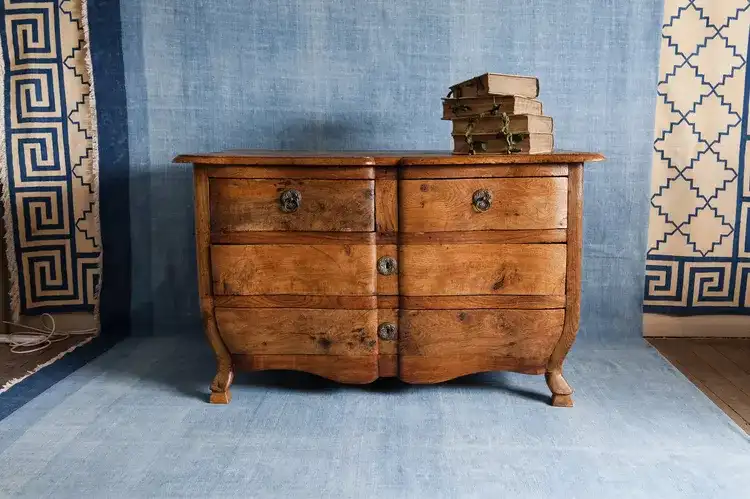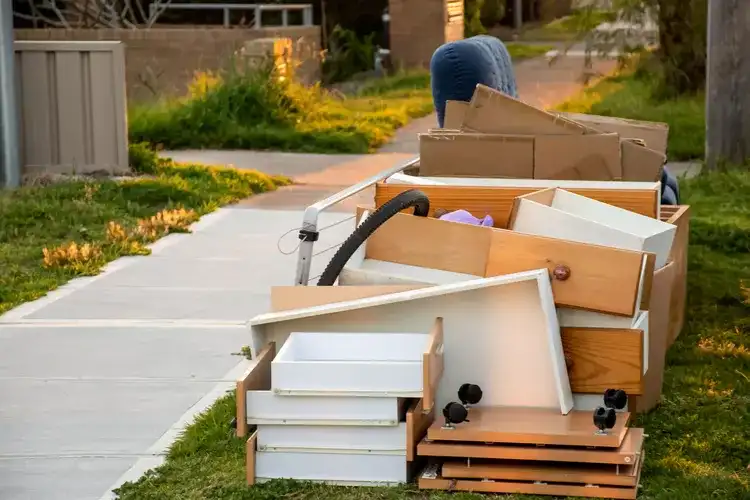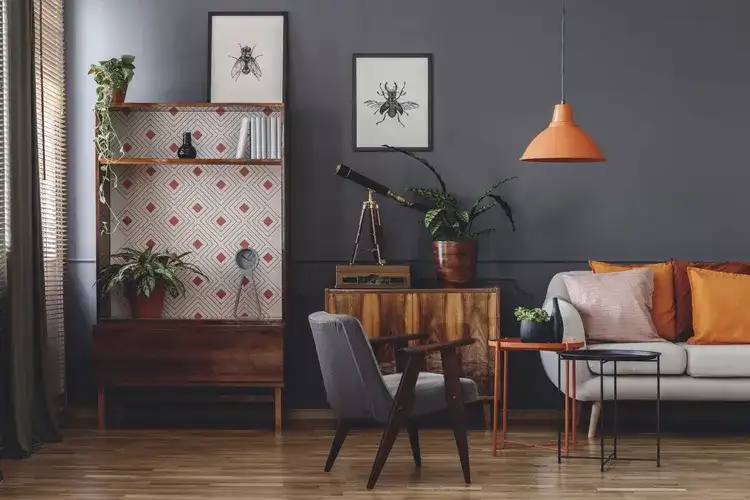In a world saturated with fast production, fleeting trends, and throwaway culture, the concept of slow design offers a refreshing shift one that values purpose, longevity, and conscious creation. Unlike mass-produced goods or design driven solely by aesthetics or convenience, slow design considers every element’s impact, not only on the user but also on the environment and broader society. It’s about crafting interiors and objects that are meaningful, functional, and enduring.
Where Slow Design Comes From
Slow design emerged as part of the broader “slow movement,” which gained traction in the 1980s through the slow food movement a response to fast food and its effects on health and culture. The term “slow design” was formally introduced in 2002 by Alastair Faud-Luke, a design professor and sustainability advocate. The movement gained momentum when Carolyn F. Strauss founded the Slow Research Lab, a multidisciplinary platform dedicated to fostering intentional and thoughtful design.
Though the terminology may be modern, the philosophy is timeless rooted in centuries-old traditions of craftsmanship, where homes and furnishings were built to last generations.

The Six Core Principles of Slow Design
Slow design is guided by six interconnected principles that aim to transform how we create and interact with the world around us.
1. Reveal
Highlight the hidden narratives and overlooked details whether it’s the story of a locally sourced material or the invisible labor behind a handmade piece.
2. Expand
Look beyond immediate function and think long-term. How will this object age? Can it be repaired or reused?
3. Reflect
Create space for contemplation. Design should evoke emotions and thoughts, encouraging deeper engagement.
4. Engage
Design is not a one-way street. It thrives on collaboration between designers, users, and the environment.
5. Participate
Encourage users to take an active role in the creation or ongoing life of a design, building stronger connections to their environments.
6. Evolve
Acknowledge that design is not static. Great designs grow, change, and adapt over time, just like the people who use them.
What Counts as Slow Design?
Slow design is more than just choosing handmade or artisan goods. It applies to architecture, interiors, furniture, appliances, and even urban planning. It often overlaps with slow living which also embraces slow food, slow fashion, and slow travel.
Reviving “Brown Furniture”
One contemporary example is the revival of what’s been dubbed “brown furniture” solid wood vintage pieces often found in secondhand stores. These high-quality, handcrafted items were once dismissed as outdated but are now being rediscovered for their durability and charm, aligning perfectly with slow design principles.
Environmental Benefits of Slow Design
The fast furniture industry, largely driven by ready-to-assemble (RTA) products, has contributed to a significant rise in waste. In 2018 alone, nearly 10 million tons of furniture were dumped into U.S. landfills more than quadruple the amount in 1960.
Slow design, in contrast, encourages responsible sourcing and longer lifespans. Furniture made from certified sustainable wood or reused materials avoids the heavy environmental toll of manufacturing new, short-lived products. By emphasizing timeless aesthetics and craftsmanship, slow design also resists the wasteful churn of trend-based consumption.

10 Practical Tips to Embrace Slow Design at Home
- Choose sustainably sourced or recycled materials look for certifications like FSC or Fair Trade.
- Incorporate natural elements such as daylight and passive ventilation into your space planning.
- Celebrate local culture support regional artisans and use traditional craftsmanship in decor.
- Stick to a consistent personal style instead of chasing every new trend.
- Prioritize function invest in versatile, multi-use pieces that reduce material consumption.
- Opt for fewer, better-quality items rather than filling your space quickly with low-cost decor.
- Consider how easy a piece is to care for or repair before purchasing it.
- Repurpose or upcycle existing furniture before buying new.
- Buy secondhand when possible thrifted furniture can be stylish, unique, and sustainable.
- Take your time let your home evolve naturally instead of rushing to finish it all at once.
Slow Design in a Broader Context
Slow design is part of a wider cultural shift one that questions rapid consumption and reconnects us with what matters: quality, responsibility, and longevity. It intersects with sustainability, but it also offers a more holistic lifestyle model. Homes designed through the lens of slowness aren’t just beautiful they support well-being, reduce waste, and foster stronger relationships between people, objects, and the planet.
Frequently Asked Questions
What does slow design mean?
Slow design is a mindful approach to creating spaces and objects that prioritize quality, sustainability, and longevity over speed and mass production. It emphasizes intention, craftsmanship, and emotional connection to the things we use.
Is slow design eco-friendly?
Yes by prioritizing natural, renewable, and long-lasting materials, slow design significantly reduces the environmental footprint of products and buildings. It also discourages overconsumption and landfill waste.
What is a slow home?
A slow home incorporates principles of slow design, slow food, and intentional living. It’s not just about aesthetics it’s about creating a space that aligns with your values and supports sustainability, comfort, and well-being over time.
In an era of speed and disposability, slow design invites us to pause to design not just for today, but for generations to come.





